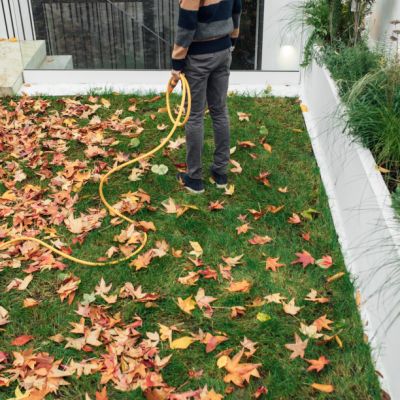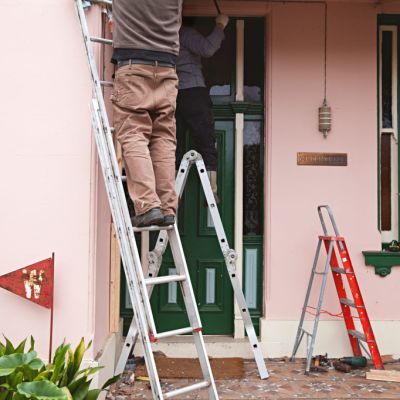5 quick DIY home maintenance jobs to tackle before winter sets in

When it’s freezing outside, being cosy and comfy at home is of the utmost importance. But just like a garden, your home needs to be tended to regularly to ensure it’s in optimum condition.
You’ll save a lot of time, effort and money in the long run if you keep on top of your home maintenance while avoiding the sort of issues that could threaten your warm and peaceful sanctuary.
Start with these simple tasks to keep your home healthy and happy through the colder months.
Clean your gutters
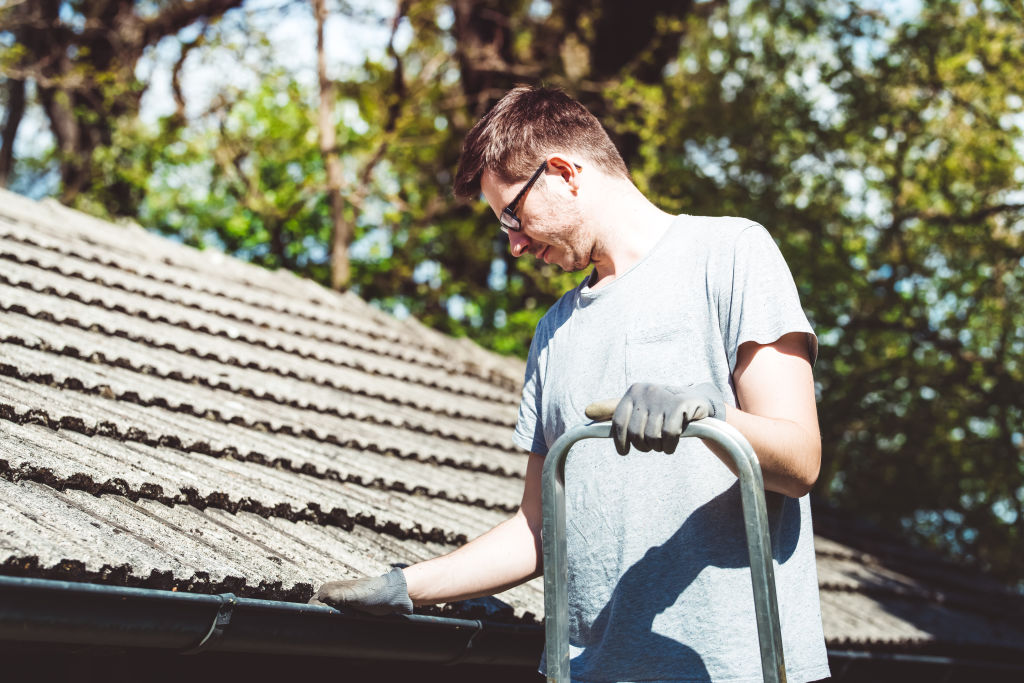
“As soon as the leaves stop falling, we say to get your gutters cleaned out, particularly in Melbourne,” says Ross Veitch, proprietor at Hire-A-Hubby in Templestowe, in the city’s north-east. “If you haven’t got clear-flowing gutters, you’re likely to get water backing up. And then you start to get leaks around the eaves that can also come into the ceiling and down the walls.”
Veitch says that cleaning the gutters twice a year is typically enough to prevent blockages, although, for insurance purposes, some might like to do it three times a year to be on the safe side.
Plumber Bec Senyard also suggests a “tap test’ for rust or blockages. “Rusty downpipes and gutters will crumble when tapped,” she says. “They won’t hold water when you need them to during a storm or hail.”
Check on your ventilation

Condensation is a common complaint in winter months, something that Veitch says is primarily a ventilation issue.
“Warm air in the house will absorb a hell of a lot of water vapour,” he says. “And once that warm air hits the cold glass, the water’s going to condense and sit on the sills.” Opening the windows even a crack should help remedy this.
Desiccant powder, which can be bought at most hardware stores for around $5 a tub, can also be used to draw moisture out of the air. A slightly more expensive option is to invest in a dehumidifier, which has the added benefit of reducing musty odours and allergens such as dust mites.
Attend to draughts
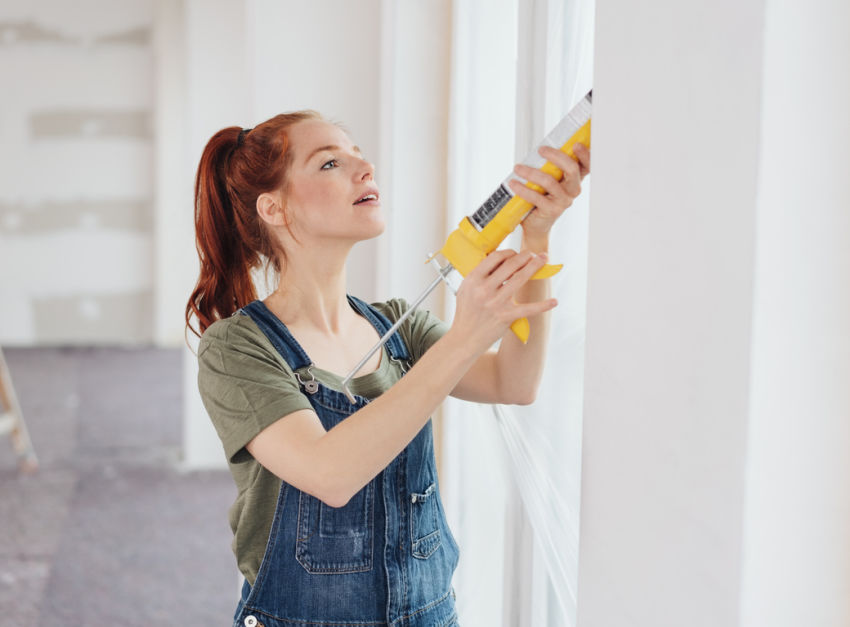
Check the architraves around the window and use gap filler to seal up any cracks. Foam seals can be used on the doors between the door and door jamb, and draught stoppers work well for cracks between the base of the door and the floor. “They’re all pretty simple, pretty cheap fixes; it just takes a few minutes to think through what you need,” says Veitch.
For draughts coming in through cracks in the floorboards, use a tubular filling material such as StopGap or a viscous product that can be sanded back, such as Selleys No More Gaps for timber floors.
Eliminate or reduce mould and mildew
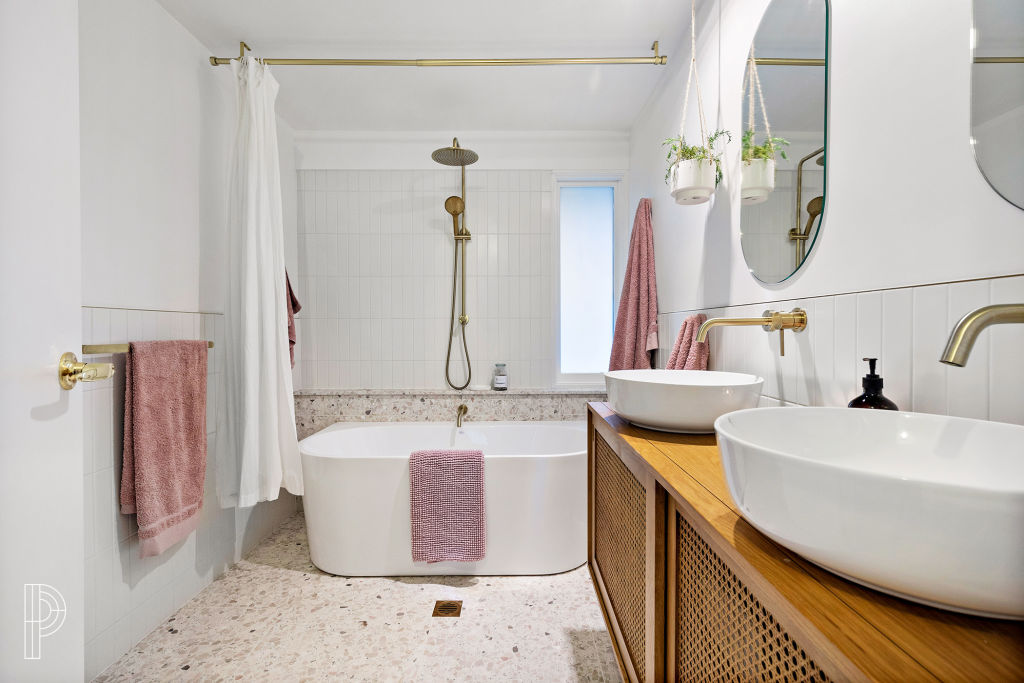
This is another issue that comes back to poor ventilation, Veitch says. “We’ve come across some shockers; we’ve gone into rentals where the ceiling is just black from corner to corner.”
Using the exhaust fan when showering is essential. “Ideally, you’d want a fan that’s got a built-in, run-on timer, so it keeps running for fifteen minutes,” says Veitch. Mould-resistant paint will go a long way in keeping the mould at bay, too.
Look out for leaks
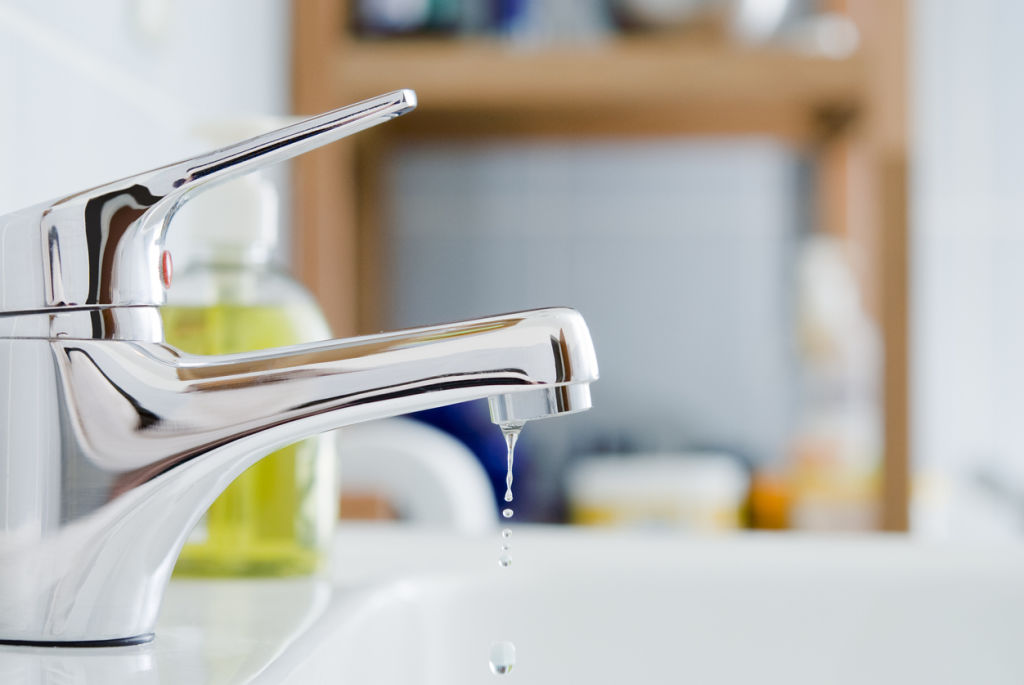
If a tap won’t stop dripping, it’s a sign that you need to service your tap washers. If there are no visible drips but you still suspect a water leakage, make sure all taps are fully turned off, then inspect the water meter. If the dials are still spinning, “that’s an indication that you could have a crack in a pipe or if it’s really spinning, you’ve got a burst pipe,” Veitch says.
Most of the above tasks are easy enough to do yourself, but if you’re ever in doubt about your abilities or safety, call in an expert. They can knock out a few of these pesky tasks at once and give you something invaluable in return – peace of mind.
We recommend
We thought you might like
States
Capital Cities
Capital Cities - Rentals
Popular Areas
Allhomes
More
